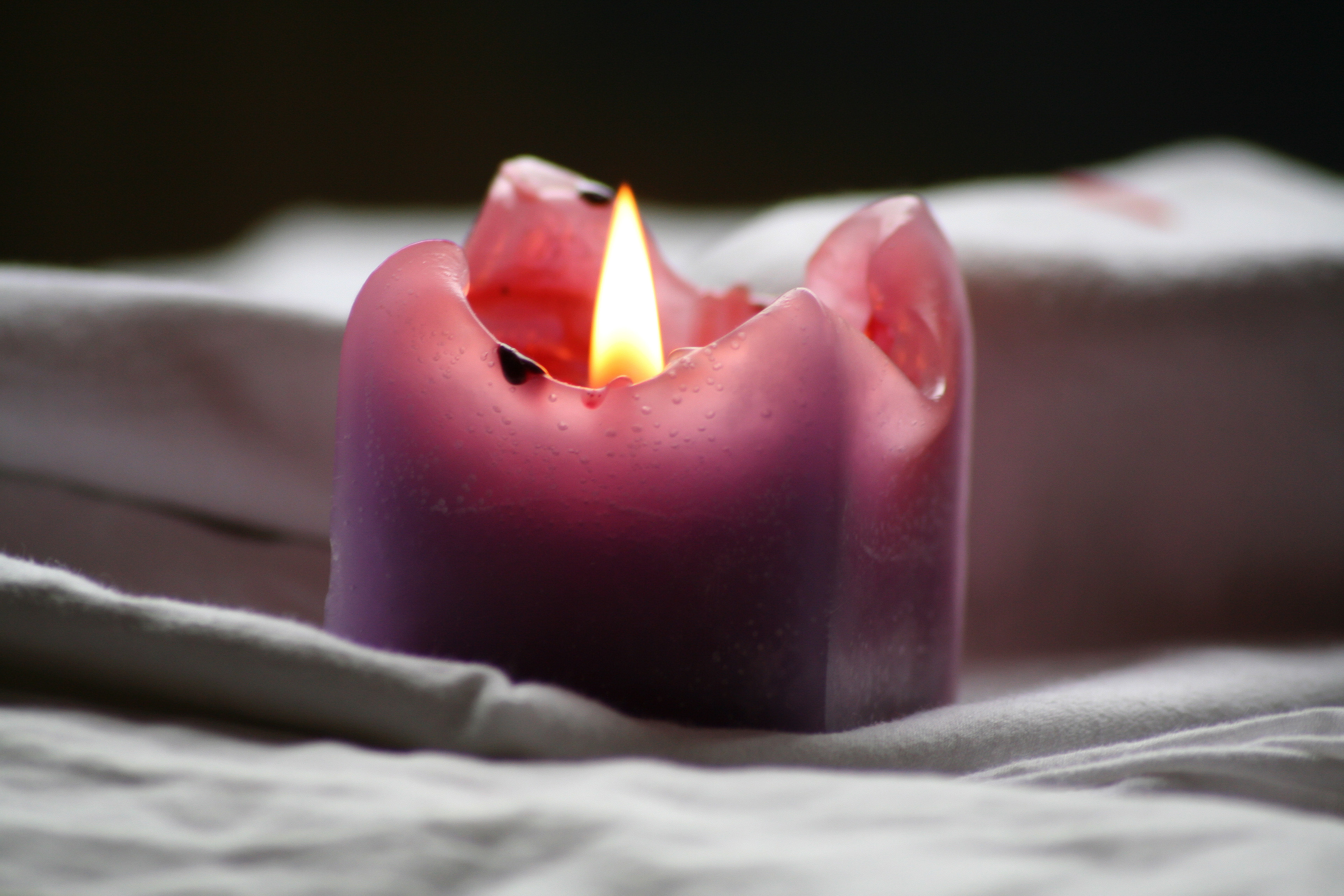
THURSDAY, June 23 (HealthDay News) — With record-breaking wildfires scorching the American Southwest, experts are worried not just about the environmental and property damage, but also about health risks both to nearby residents and to those living farther away.
Although at this point reports are anecdotal, people on the front lines of health care in the Southwest are noticing an uptick of respiratory problems among certain groups of people.
The Gallup Indian Medical Center, which sits on the border of the Navajo Reservation in western New Mexico, is seeing a lot of asthma-related complaints, said Heidi Krapfl, chief of the environmental health epidemiology bureau at the New Mexico Department of Health in Santa Fe.
Similar problems are being seen in more distant parts of the state.
“We’ve definitely seen patients in the emergency room who have come in with a worsening of their chronic lung disease like asthma or COPD [chronic obstructive pulmonary disease] that they’ve attributed to the smoke,” said Dr. Mike Richards, chief of emergency medicine at the University of New Mexico Hospital in Albuquerque.
As of Wednesday afternoon, large wildfires were raging uncontained in southeast Arizona and along the state’s border with Mexico; along the eastern edge of New Mexico; in multiple locations throughout Texas and along the Texas-Louisiana border, according to the U.S. Forest Service.
For weeks now, Albuquerque has been on the receiving end of huge banks of smoke and ash from the Wallow fire 200 or so miles away.
Smoke and ash have turned the setting sun red, reduced driving visibility and obscured normally crystal clear views of the 11,000-foot mountains edging Albuquerque’s eastern perimeters. On some days, the smell of burning is overwhelming.
Jo Jordan, a 20-year resident of Albuquerque, attributes a rare migraine to smoke blowing in from the southeast.
“I was out and the smoke was just hanging in the air. My throat got scratchy and I started with a headache. By the time I got home, I had a migraine,” she related. “I had it for a day and a half. There was a lot of discomfort, my eyes hurt, I was nauseous.”
Not surprisingly, Arizona residents closer to the Wallow fire are also reporting some breathing difficulties, said Dr. Cara Christ, chief medical officer for public health at the Arizona Department of Health Services in Phoenix. But the biggest effect comes from stress.
“This is having a huge behavioral impact,” she said. “We’ve got on-the-ground counselors going to hotels, going to homes, going to shelters — primarily to people who’ve been displaced or lost their homes or people who are fearful of losing their homes.”
In New Mexico, people reporting to the emergency room with complaints attributable to the smoke are being treated and released, Richards said.
“The most important thing is that people need to be diligent about their underlying health maintenance,” he stressed. “If you do have asthma or COPD, you need to be very diligent about complying with doctor’s instructions around medications. If there was ever a time to avoid missing doses of regular medication it would be now.”
The New Mexico Department of Health has issued several health advisories, warning elderly people, children and people with respiratory or heart conditions to stay away from the smoke, remaining inside if necessary.
People are also being advised not to use their “swamp coolers,” or the evaporative cooling systems that are ubiquitous in the dry Southwest, because they pull smoke in from the outside.
“We’re recommending that those people in close proximity to smoke take certain precautions,” said Christ. “Once the air gets into the moderate-hazardous range, we’re advising people to stay inside, not to do strenuous activity outside, keep doors and windows closed and for people with respiratory problems to not go outside at all.”
More information
Visit the U.S. Fire Administration for more on preventing wildfires.

